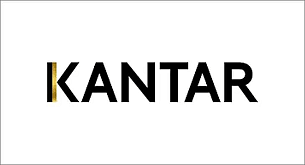Why ad campaigns of Tata Motors, Dove & Nescafe won gold at ICMA 2017?
A look back at our prestigious winners of last year's Audacity e4m Indian Content Marketing Awards who won the gold for their exceptional brand stories
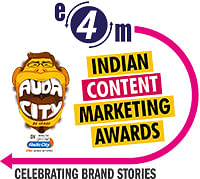
It is a fact well-acknowledged that great ad campaigns are often founded on deep psychological insights. The messages, delivered in novel and thought-provoking ways, increase the odds that they’ll be shared virally by consumers. Some great body of work that we witnessed at Audacity e4m Indian Content Marketing Awards 2017 just reinforces that. Here’s taking a look at the three campaigns that won gold at ICMA and why they made it!
The car that spoke- TATA Motors
The campaign
This master-campaign made the cut in the Best Content Marketing Launch/re-launch category. And, for good reasons! Ever heard a car play a woman? This one did that and did it beautifully.
How they cracked it?
After TAMO, TATA Motors’ sub-brand, launched RACEMO, a two-seater, fully connected sports coupe, at the 87th Geneva International Motor Show, Jack in the Box Worldwide, in collaboration with TAMO, launched one-of-a-kind guerrilla activity to build intrigue and hype around the launch. The brief was to create tremendous hype and fan following for the car prior to its launch. However, they didn't reveal the name of the car, show the car, talk about the brand, or even reveal the fact that it was a car at all.
That response was Cemora – a girl who took social media by storm.The Internet was introduced to a girl named Cemora, who set out on a road trip, all by herself. She was a spunky, sassy girl who had no plans, no maps, just adventure on her mind. She Instagrammed the entire journey through pictures, videos, postcards sent to her friends and followers, each one in her own trademark style. The subtle spin to the campaign was that everything was shot from the perspective of the car and hints were dropped all along. Numerous pictures and videos were posted, besides the postcards. These were all shot and produced in partnership with in-house production company, Sniper, making this a truly integrated The 120 Media Collective initiative.
This campaign set a whole new industry benchmark. It gained thousands of followers on Instagram and Twitter and millions of likes, shares, comments, and video views.
Our take
This has been a one-of-its-kind campaign when it comes to scale and innovation. Done with zero media spends and despite of a challenging brief like this, this one garnered an out-of-the-box response. More importantly, we love how it made people fall in love with the car without showing the car at all.
Change the Rhyme - Dove
The campaign
As we know, more and more brands are using creative content to tell their stories and engage with consumers, making it that much more important to stand out amidst the clutter. And rightly, this piece of work by Mindshare India aced it in the ‘Best Content-Marketing in the Social-Media Platform’ category. Mindshare India had also bagged the coveted award of ‘Agency of the year’ at ICMA 2017.
How they cracked it?
Tapping into the insight that beauty stereotypes are seeded from childhood, Dove established a strong presence with the #changetherhyme campaign. As the challenge for the brand was to activate real beauty in India using local insights, its campaign celebrated beauty of a different kind. Featuring India’s women athletes training to the soundtrack of kindergarten children singing ‘Chubby Cheeks’, Dove fuelled a conversation about the unrealistic standards of beauty that society hands down to impressionable young girls. The content fetched the brand millions of views on YouTube apart from reams of user engagement.
The film rolled out by the brand uses the popular nursery rhyme, 'Chubby Cheeks, Rosy Lips…’, the spot draws a close observation of the verses that makes one wonder if this is the first seed of a singular beauty ideal that young girls are exposed to. The video ‘Is that You?’ and provokes the audience to question this singular beauty ideal.
Our take
The thought-provoking creative and how it questions the rules of beauty is brilliant. Here the message comes across as powerful and breaks the notion of how a woman should be. Furthermore, the insight of questioning and initiating a dialogue on why these ‘rhymes’ and who created them steals the show.
Dead Hour- Nescafe
The campaign
This one bagged gold for not just Best Radio-led Branded Content but also the Most Audacious Campaign of the Year. As part of the brand's #StayStarted campaign, McCann told a story of Rishi, a radio jock of an early morning show–so early that no one is actually up to listen and give him a call. But as he drinks his cup of Nescafé, he comes up with a brilliant idea that turned things around. And as no one's listening to his show, it is a fitting venue to voice out a person's feelings, complaints, and hidden desires. That's how he finally got people to listen and call him.
How they cracked it?
The creative idea stemmed from the insight that the youth was bubbling with bottled-up emotions. They needed a platform where they could be honest and open without the fear of getting judged. The agency gave it to them in the form of Nescafe Mornings - India’s first ever dial-in show at 5.30 am, a dead hour for the radio industry.
The team tied up with Red FM to launch Nescafe Mornings. Through a TVC based on the RJ's life that ran extensively on TV and digital, a series of radio spots, and multiple posts on Facebook and Twitter.. The show reached millions of people across 4 cities.On average, the show received even more calls compared to shows in the early morning slot. As a result, it was extended to more cities across the country. Such has been the impact of the show that the sales of Nescafe large packs (habit packs) also increased. Running the show in the 'Dead Hour' gave the callers the freedom to say whatever they wanted to because they were assured that hardly anybody would be up listening.
Our take
The show was cleverly and deliberately placed in the 'Dead Hour' so that the callers could be open and honest without any fear. The timing of the show seems just perfect because it enjoyed little listenership but also because it was just the right time to have a steaming cup of coffee and established a brand connect beautifully and subtly while reaching out and being there by the consumers through their ‘blues’.
Read more news about Marketing News, Advertising News, PR and Corporate Communication News, Digital News, People Movement News
For more updates, be socially connected with us onInstagram, LinkedIn, Twitter, Facebook, Youtube, Whatsapp & Google News
About 60% Instagram influencers in India have fake followers: Report
As per a media report, influencer marketing platform KlugKlug has found that only 2.48 million profiles out of the 8 million have ‘high-quality’ followers
Two of three Instagram influencers in India have more than 60 per cent fake followers, a report by influencer marketing platform KlugKlug shows.
This is particularly true for the beauty and fashion sector, the report noted.
Other countries that have influencers with fake followers are Brazil, the UAE and Indonesia.
As per media reports, such Instagram fake followers can be roped in for as little as Rs 10 to a high of Rs 1,000.
According to Klug Klug India, only 2.48 million profiles out of the 8 million have high-quality followers.
A number of other categories have also been buying fake followers, media reports have noted.
As per a media expert, quoted in the reports, brands are finding it difficult to identify and curb the menace of fake followers and bots.
In a recent setback for influencers the Central Consumer Protection Authority (CCPA) has said those promoting activities like gambling and betting are equally liable as the companies promoting the same.
15% consumers enhance their user experience through virtual assistants: Kantar report
According to Soumya Mohanty, Managing Director & Chief Client Officer- South Asia, Insights Division, Kantar, less than 1% of ads get tested due to lack of time
Marketing data and analytics firm Kantar has unveiled a report that studies the burgeoning AI market to dish out actionable insights for marketers. Within AI, virtual assistants are the fastest growing segment. The report noted that 15% consumers enhanced their ‘user experience through virtual assistants’. This segment is the fastest growing at 27% YoY.
According to the study, while ‘fitness’ and ‘social media’ apps are amongst the leading categories, driving AI adoption (with an average of 2.3 AI led features embedded in these applications), segments like ‘BFSI’, ‘job search’ and ‘short video’ apps are relatively slow in AI adoption, with an average of 1.2 features each. Entertainment apps, digital commerce and pharmacy apps stand somewhere in the middle with 2.0 & 1.8 AI features being adopted, respectively.
Additionally, the report said that while 90% of marketing and sales leaders think their organisations should be using AI “often”, 60% said their organisations “rarely or never” do. Speaking to exchange4media, Soumya Mohanty, Managing Director & Chief Client Officer- South Asia, Insights Division, Kantar highlighted that currently there are a lot of organisations who know that there is something called AI, but haven’t yet figured out how it could help them holistically.
“A lot of the AI just gets used for efficiency purposes, so repetitive tasks get automated,” Mohanty pointed out. Data also plays a big role in why certain organisations are struggling with how to use AI.
For instance, Mohanty explained that in segments like D2C, telecom etc. there is a lot of primary or first-party data. So being able to leverage AI also gets easier. “It's the traditional large sort of FMCG type companies where data sits in silos. You don't really have one single source of data where it's a little difficult to use the full power of AI, because the full power of AI also needs a lot of data sitting in a structure that you can use,” she added.
So, can AI help marketers have a unified view of data? No, says Mohanty. “AI does not help marketers get a unified view of data. Once you have data in a unified way, AI can help you do a lot more with that data.”
According to her, organisations today need to have good, strong data warehousing. “It needs to make sense because a lot of the silos are also because everybody owns one part of it. A lot of people have their own analytics teams internally, so there are a lot of agendas and stakeholders. And then we say data is in silos because fundamentally, when you're doing something internally, different people have different stakes in it,” Mohanty added.
Puneet Avasthi, Senior Executive Director, South Asia, Insights Division, Kantar shared that most organisations are now heavily investing in creating first-party data sets. “Companies that have first party data about their consumers and transactions or interactions that they have with the brand are going to be able to leverage that more effectively to create sharper profiles for the brand as such for the consumer and build relevant recommendations at the right moments.
Panning out she also highlighted how AI can be leveraged to enhance market research and make it more accessible, a part of which Kantar is itself involved in. “A lot of times people say that we can't test an ad because we don't have time. So less than 1% of advertising gets tested and just gets put out. Does it work when it gets put out? It is the question the audience should answer, because so many times, it backfires,” Mohanty shared. Apparently, digital particularly doesn't get tested because organisations just do a/b testing and leave it at that.
Speaking of preferred use cases of AI, Avasthi added that various businesses and brands are looking at creating an experience for the brand that is in line with the brand's architecture and progress across all touch points. “That is something that the AI engines that are working behind can ensure, that all such interactions are consistently delivered across different virtual assistants or chatbots that are available to the consumer,” he said.
The other use case, according to Avasthi, is ensuring that there is greater visibility for the brand in the digital sphere as such, through various recommendation engines, when a certain need is being looked for and to throw up the right kind of information about the brand so that the brand message is amplified in the mind of the consumers.
Among other insights from the Kantar AI report is that 88% consumers used AI based algorithms which analysed their preferences, behaviours, and interests to create personalised recommendations for tailored experiences. This segment grew at 6 % YoY. At 21%, ‘smart home automation’ is a smaller segment but growing at 25% YoY.




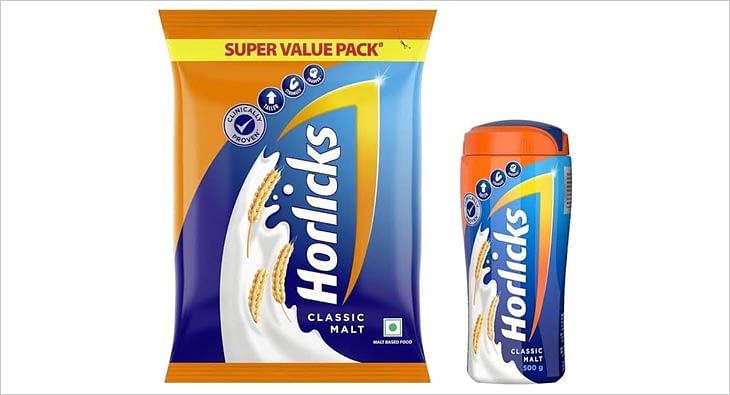
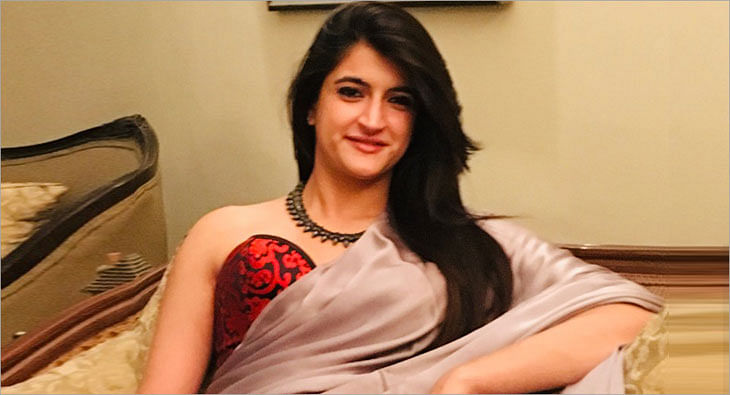





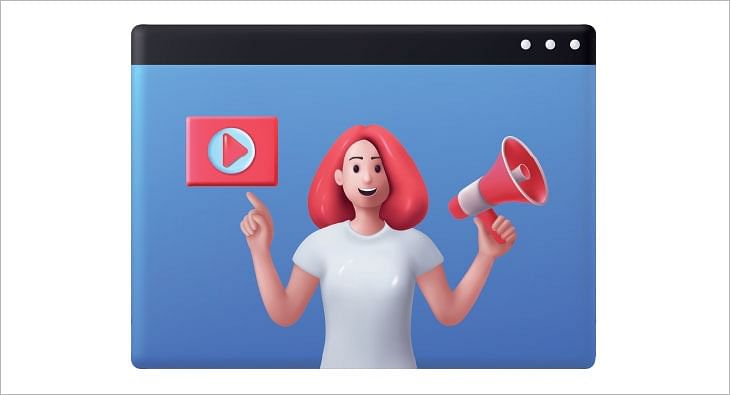
 Share
Share
